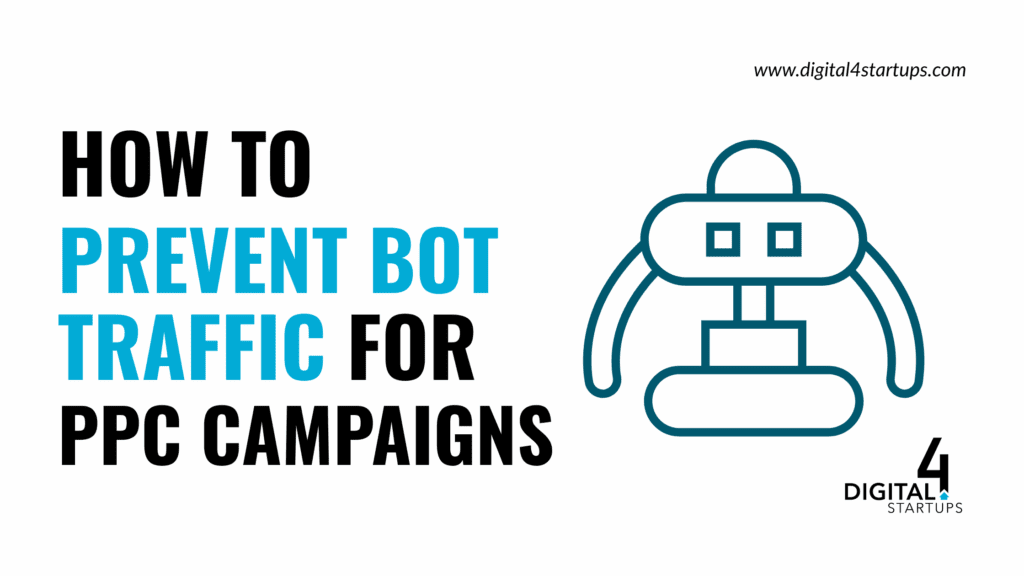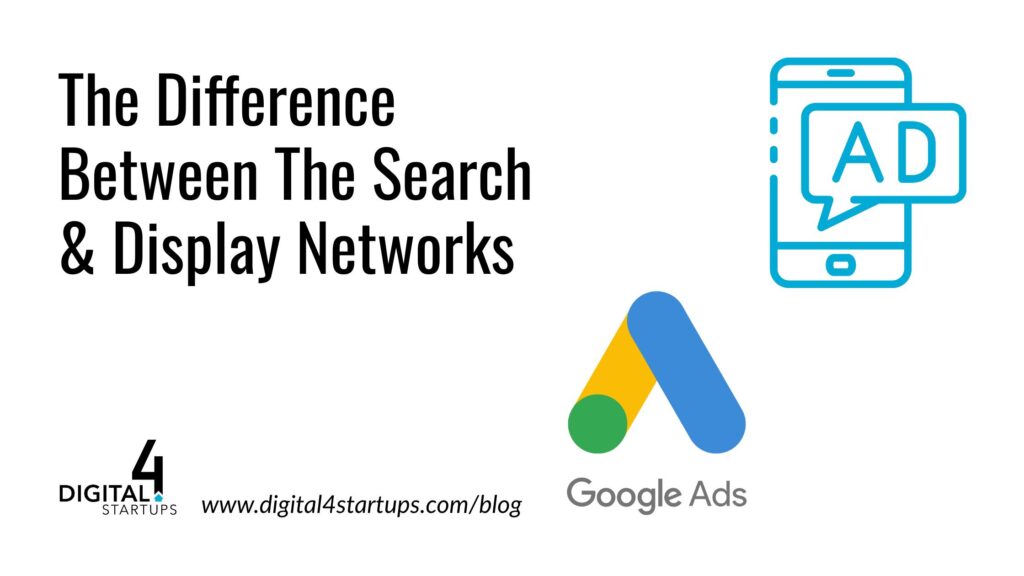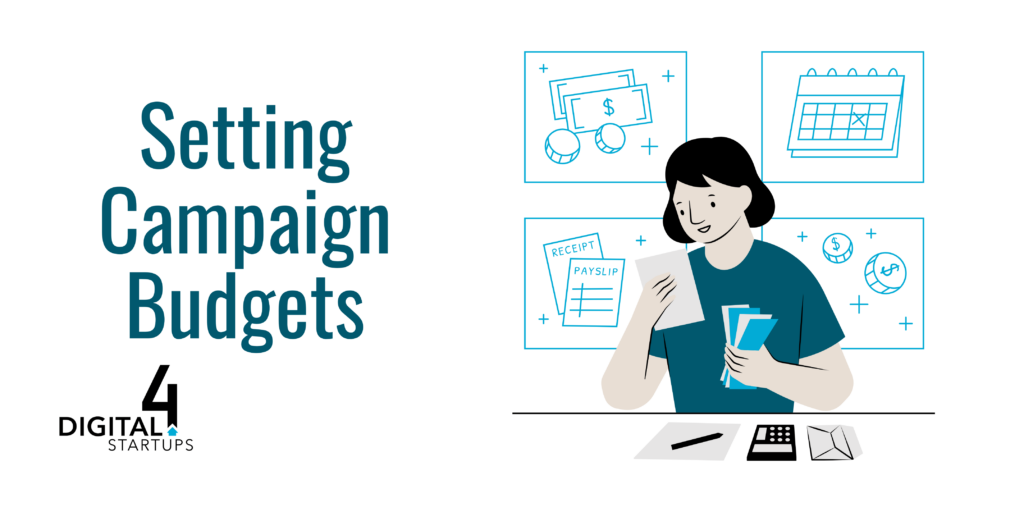
How to fight and prevent PPC bot traffic
You launch a new PPC campaign. The clicks pour in, traffic spikes, but the sales don’t. Chances are, you’re experiencing PPC bot traffic, which is eating your budget.
These automated clicks mimic real users, inflate your numbers, and leave you with misleading data. Google and Meta have systems to block invalid traffic, but they miss plenty.
The 2025 Imperva Bad Bot Report found 51% of internet traffic is automated, and 37% of it is malicious. Click bots and farms drain spend and distort insights.
In this month’s blog post, you’ll learn what bot traffic is, how to spot it, and how to protect your PPC campaigns from fraud.
What is bot traffic?
Click bots and farms drain spend and distort insights. In this post, you’ll learn what bot traffic is, how to spot it, and how to protect your PPC campaigns from fraud.
PPC bot traffic is automated, non-human activity that drives clicks, impressions, or even fake form fills with no intent to convert. In PPC, these bots don’t just waste budget; they corrupt your performance data.
Fraudsters see an opportunity in this and target high-value keywords and popular platforms, as PPC is a multi-billion-dollar industry.
Examples include form-fillers generating fake leads to disrupt sales funnels, scrapers harvesting content or pricing data, and even adding products to shopping carts. These bots can also hide in plain sight, making it harder to spot, costing you money, and manipulating your performance metrics.
“Bot traffic burns through your ad budget faster than poor targeting ever could. Frequent checks of where your ads appear give you your strongest shield,” said Dave Kooi, Senior Account Manager at Digital4Startups.
Signs of bot traffic
Some of the first signs you might see while detecting bot traffic include:
- Sudden spikes in clicks or impressions, but no increase in conversions
- Traffic from anonymous sources or uncommon geographical regions
- Repetitive click patterns from the same browsers or device types
If you spot any mismatched data or slight differences between ad platforms and analytics data, that could even be a sign of bot traffic.
“It’s easy to generate fake clicks. It’s hard to hide them. Watch for odd spikes, strange geography, and conversions with no real user involvement,” said Kooi.
Some even sneakier signs could include simple and generic form responses, such as “I’m interested,” or “Send more info.” You might also see an “Add to cart” or “Checkout” event at odd times of night and suspiciously high conversions from weird websites in your “Where ads showed” report.
How to prevent bot traffic
Start by setting up automated alerts in your PPC platform to receive notifications for any anomalies that come up. Always monitor your campaign traffic and assess your engagement metrics, looking for high bounce rates and low engagement.
In Google Ads specifically, a good tip is to disable Google’s Search Network and Display Network so your ads don’t show on questionable websites that produce spam. For Display or PMax campaigns, you can change any conversion action that might be easy for bots to complete to “Secondary actions.”
You can also use tools inside Google Ads, such as the invalid click report and Google Analytics (GA4)’s bot filtering, which analyze user interactions and engagement levels and detect bots. You can also adjust your ad schedule to reduce exposure to click bots by running your ads during times when your target audience is most active.
If you want to get more in-depth, apply IP and location-based exclusions in regions that generate invalid traffic or show suspicious behaviour. This stops click farms and proxy traffic before it hits your budget.
Lastly, installing a simple CAPTCHA is a simple but effective way to protect your ads against automated bots. When installing a CAPTCHA, make sure whichever prompt you choose is user-friendly, has a very low false positive ratio, and is genuinely effective for ad fraud protection.
Third-party services to prevent bot traffic
If you are still unsure of where bot traffic is coming from, you can use other sources to help, such as third-party tools like ClickCease, CHEQ, or PPC Protect.
These tools specialize in detecting and blocking fraudulent traffic in real time, preventing damage before it occurs. They also provide insights into click fraud patterns with comprehensive reports that include IP address analysis, click timestamps, and device information.
Whatever service you choose, ensure it blends seamlessly into your Google Ads, Facebook Ads, and mobile ad networks. Look for software with automation capabilities that can streamline your fraud prevention efforts while balancing cost vs savings.
conclusion
As digital advertising grows more sophisticated, so do the threats that undermine it. Fighting bot traffic isn’t just about protecting your PPC spend. It’s about preserving the integrity of your data and the effectiveness of your strategy.
The reality is that no platform is immune to click fraud, and even the most well-structured PPC campaigns experience bot traffic. The good news? With the right tools, vigilance, and guidance, you don’t have to let fraudulent traffic dictate your results.
If you’re seeing suspicious traffic patterns or just want to tighten up your campaign defenses, reach out for a consultation here. We’re here to help you get back to making every click count.


